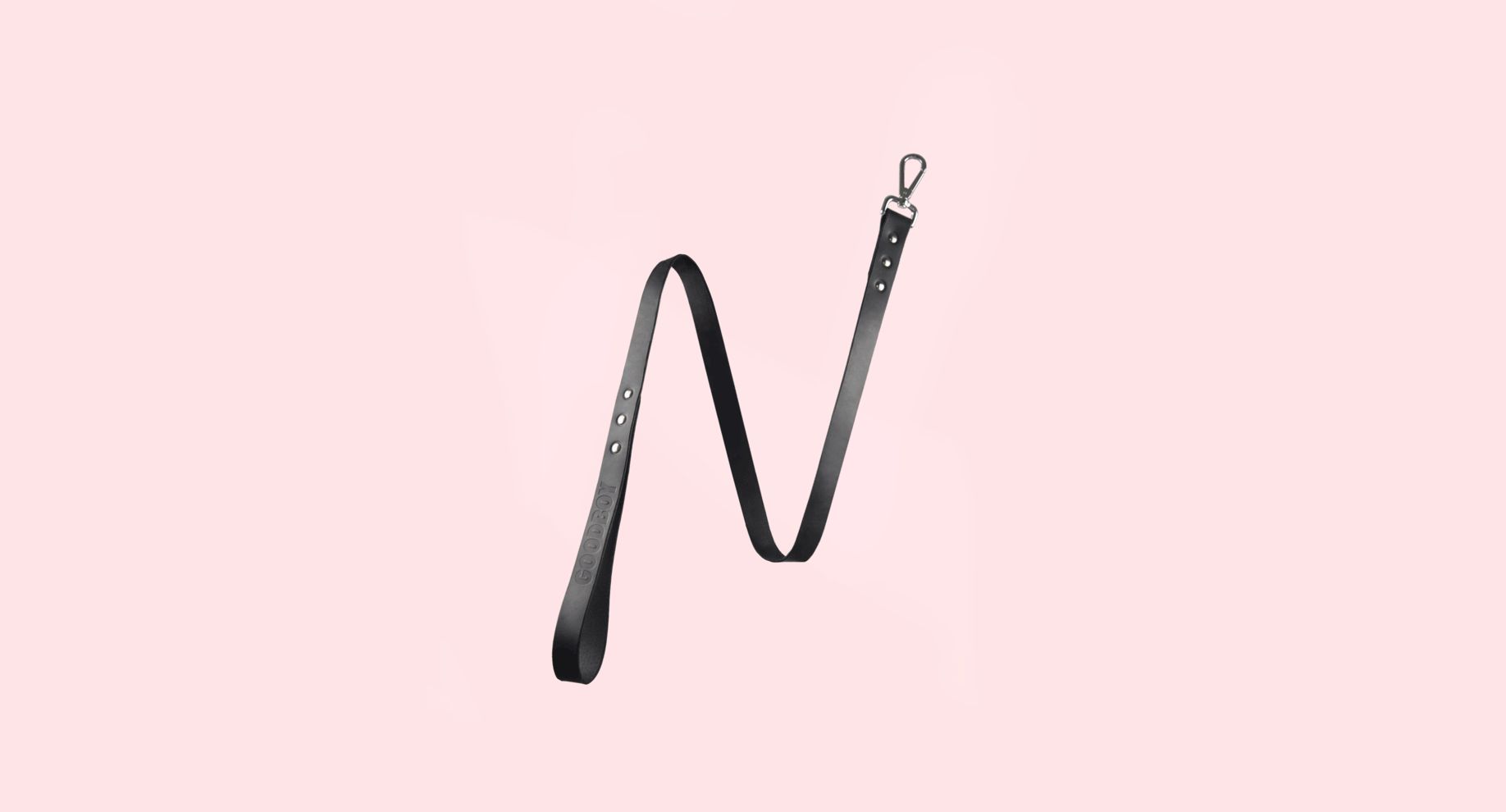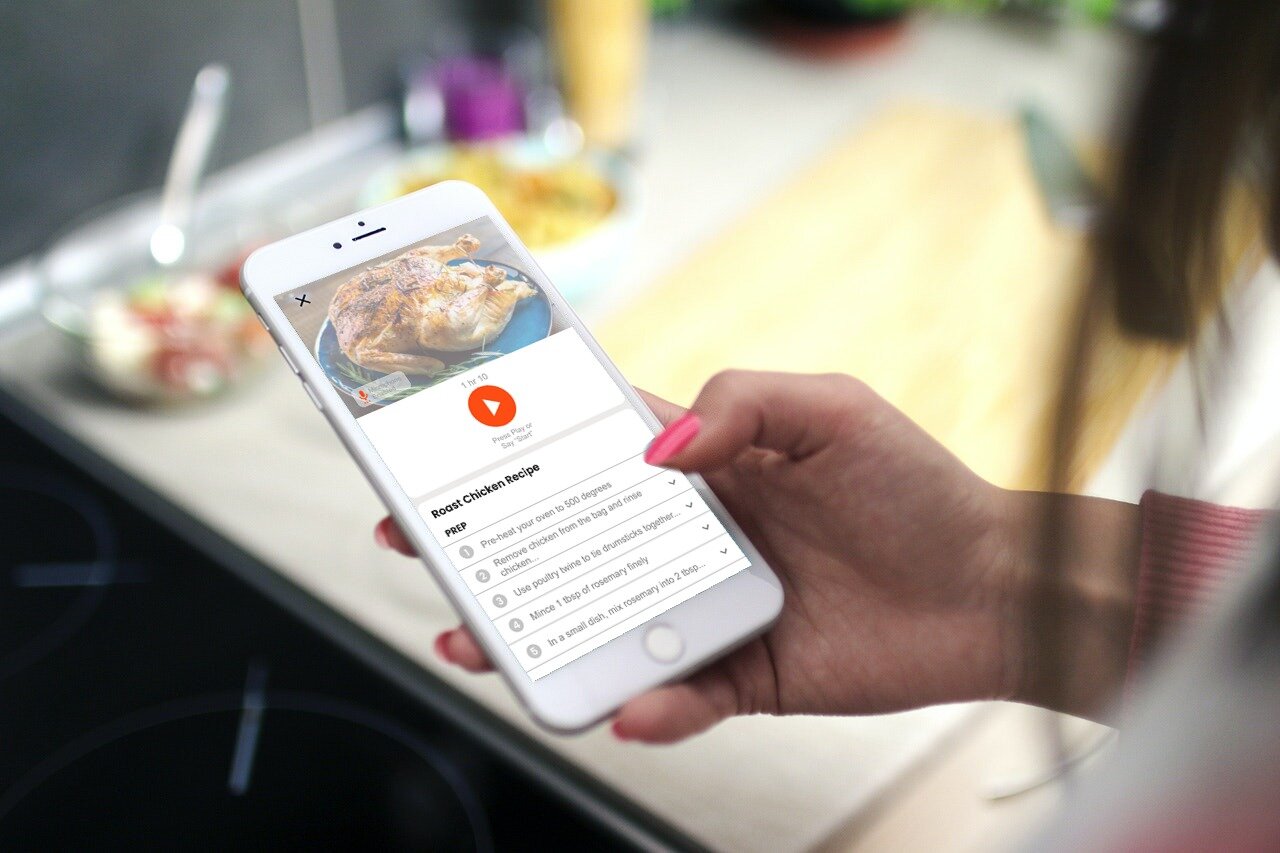01 Case Study
Library Work Futures
Participatory Futures Exercises, Facilitation, Semi-Structured Interviews, Ethnography
Building on previous engagements with the Brooklyn Public Library, our team became curious about the various roles branch library workers perform for communities and how they foresee their role evolving in the future. Through establishing a dialogue with the branch staff, we learned that library workers have an intimate knowledge of the evolving needs of the community they serve, and they are constantly adapting services to meet those needs - often going beyond their job descriptions. As stewards of branches, we see the critical role library workers will play in shaping the community services in the future.
To engage branch staff in a future-oriented mindset, we designed ‘futuring tools’ to further our research after initial interviews and secondary research:
Job Description Activity
Participants filled out a worksheet with a list of job functions, checking off and talking through the tasks they perform in their role. Participants were then prompted to add and explain any functions they perform outside of the checklist and rename their current job title to a title that reflects the realities of their role.
Library Futures Card Game
We designed a deck of cards inspired by the Situation Lab's "The Thing from the Future" game, that included various possible future scenarios for the public library as an entity. Participants selected a scenario, time and action card and then were prompted to imagine future realities of their role in the context of the cards
Collaborators:
Grace Mervin, Elizabeth Hartley, Brooklyn Public Library, Parsons DESIS lab
02 Case Study
An Inquiry into Participation
Design-Led Research, World Cafe, Provotyping, Semi-Structured Interviews, Wheel of Reasoning, Sensemaking, Synthesis
Over the course of 12 weeks, we explored the notion of participation through Design-Led Research (DLR), a creative inquiry process that navigates ambiguity and complexity through “deep play” with sense making of emergent knowledges. Our DLR inquiry involved the following:
World Cafe
We hosted a ‘World Cafe’ around the question “how might diverse voices be heard in participatory settings”? A ‘World Cafe’ involves simultaneous and multiple rounds of small-group conversation that build upon the previous group’s ideas. We facilitated a session with 15 participants over zoom and engaged in multiple rounds of open discussion about their views and personal experiences with the prompt, while recording their thoughts on shared Miro boards.
Provotype I
Further exploring a theme that emerged from the World Cafe surrounding selective determination of group membership, we executed a provotype that was a false advertisement and application for a design fellowship, involving an obscure and random selection process of participants. A provotype is a ‘provocative prototype’ that involves designing a process for people to engage with that subverts expectations and assumptions.
Semi-Structured Interviews
Digging deeper into group decision-making, we conducted six hour-long interviews to gain insight in the lived experiences of individuals with a range of roles in the workplace.
Provotype II and Wheel of Reasoning Workshop
We designed and facilitated a combined provotype and discursive tool workshop to learn about individual listening behaviors within a group dynamic. Participants randomly selected a letter with a prescribed constraint like wear noise-cancelling headphones, disagree with all expressed options, etc. With imposed constraints, the group then had to reach a consensus on a topic through a conversation. After the provotype, the participants then had a conversation about listening in group dynamics using the Wheel of Reasoning. The Wheel of Reasoning is a discursive tool used to explore causality and relationships of complex, systemic issues.
Collaborators:
Dipanshu Shrivastav, Sebastián Rubio Merino, Jasmine Lolila, Meera Ramesh
03 Case Study
Shares
UX Design, UX Research, UI Design
Shares is a location-based platform that enables people to find and share useful equipment with their network and community. For hobbyists, getting temporary access to missing equipment they need for their next endeavor can be difficult and complicated. Most people own useful equipment that is underutilized, when others could benefit from the utility when they’re not. How might we foster a resilient community of sharing?
I adopted a research-led approach to defining the initial problem space and possible solutions. Following, I progressed through a multi-stage development of the red routes, using a user-centered design approach, testing usability through the development stages to ensure ease of use and relevance of the final prototype.
04 Case Study
Fulton
UX Design, UI Design
Fulton is a direct-to-consumer (D2C) sustainable insoles e-commerce startup. As a young startup, Fulton was seeking to redesign their overall web store experience to improve the functionality and performance of their site.
I was brought on as a UX designer, working alongside a small team of UX/UI designers, to re-envision the Fulton web store experience grounded in user-centered design.
Project team:
Shelagh Bennett (UX Designer), Chuck Borg (UX/UI Designer), Jerry Qu (UX/UI Designer)
05 Case Study
Resourceful
Design Research, Service Design, Industrial Design, Product Service Systems
Resourceful is a service system for recapturing used personal consumer electronics after their initial use phase. The purpose of this project was to investigate a technology-enabled and service-oriented solution for managing the life cycle of personal consumer electronics. I employed a User-Centered Design approach throughout design process, integrated learnings from research into the development of a service system framework and physical product design. The process involved the following:
User Research
I conducted a survey completed by 86 participants, alongside five 30 minute user interviews to gain insight into how individuals manage their personal electronics throughout their lifecycle. I then used affinity mapping to identify emerging patterns from the quantitative and qualitative data.
Service Design
Guided by the top insights from the research, I then mapped a few emerging journeys for a service system that would mediate the recapturing of used personal consumer electronics. Additionally, I created a user flows of the device collection experience.
Physical Product Design
Using insights from the research phase, I designed a kiosk system and digital interaction experience for depositing used electronic waste.
06 Case Study
Clean Seatz
Brand Identity, UX Design, UI Design, Packaging, POS Display
Clean Seatz is a consumer goods hygiene product that launched in 2020 in response to the COVID-19 pandemic. I was brought on to develop the brand identity, web and mobile design, packaging, and displays for the brand.
07 Case Study
The Goodboy Shop
Art Direction, Web and Mobile Design, Product Display Imagery, Social Media Content
The Goodboy Shop is an e-retailer specializing in upscale women's athleisure and dog accessories. I was brought on to lead the art direction, web and mobile design, product display imagery, and social media content for the new and growing startup.
08 Case Study
Savr
Art Direction, Web and Mobile Design, Product Display Imagery, Social Media Content
Savr is a project I developed during a modified 5-Day Google Venture design sprint. Bitesize provided the design brief and from there I went through an individual, self-guided design sprint. For the project, my client was Savr, a fictional startup that provides hundreds of recipes and cooking tips for at-home chefs. Recently, Savr has noticed a pattern of negative feedback about recipes that have many steps or involve more advanced techniques, and I was tasked to find a solution for them.







